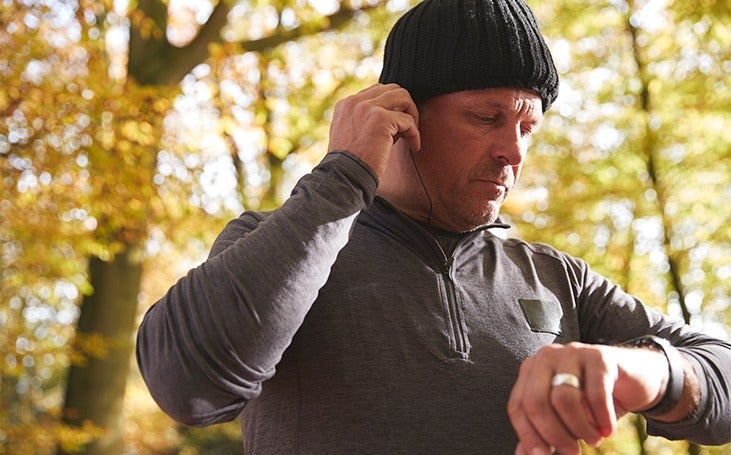Stay Active: Exercise for Older Adults

Why exercise for older adults is so important
Exercise benefits every area of your life and can help you:
- Maintain and improve physical strength
- Stay independent as you age
- Manage and prevent some diseases such as diabetes, heart disease, osteoporosis, breast and colon cancer
- Reduce feelings of depression
- Improve your mood and overall well-being
- Improve your balance, which is important in preventing falls
It's never too late to start
It’s never too late to start or improve your physical activity level. No matter your age, there are activities that meet your fitness level and needs. Lack of physical activity can lead to more doctor visits, more hospitalizations, and more medicines to treat a variety of illnesses.
How much should you exercise?
Generally, 30 minutes of physical activity a day is recommended. If your doctor is concerned about your physical activity, ask him or her what type of activity he or she recommends.
What type of exercise is right for you?
Exercise plans for older adults vary. It’s important to match your activity to your needs and abilities. Some people can swim a mile easily. For others, a short walk or stretching while seated is a good start. There are many ways to be active. Find something you enjoy doing, include it in your routine, and increase your level of activity over time. If you have any questions about what is appropriate, talk to your doctor.
Four types of exercise
- Endurance
Endurance activities improve the health of your heart, lungs, and circulatory system. Activities include walking, yard work, swimming, biking, climbing stairs, and playing tennis. - Strength
Muscle strength makes a big difference in your ability to stay independent and carry out everyday activities. Exercises include lifting weights and using a resistance band. - Balance
One out of three adults age 65 and older experiences a fall each year. Balance exercises can help prevent falls. Exercises include standing on one foot, heel-to-toe walking, tai chi, yoga, or Pilates. - Stretching
Stretching helps maintain flexibility, which you need in everyday activities. Exercises include shoulder and upper arm stretches, calf stretches, and yoga.
Keep up with the latest health and wellness updates
Want more health and wellness articles, and other important health updates? Sign up to receive them directly to your inbox here.
